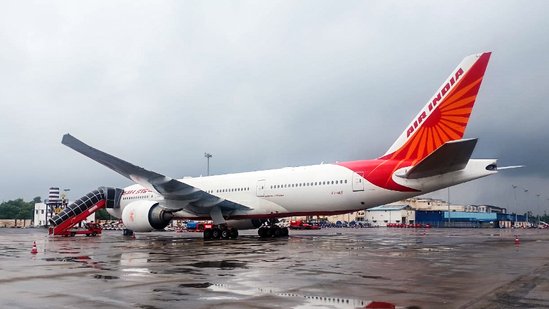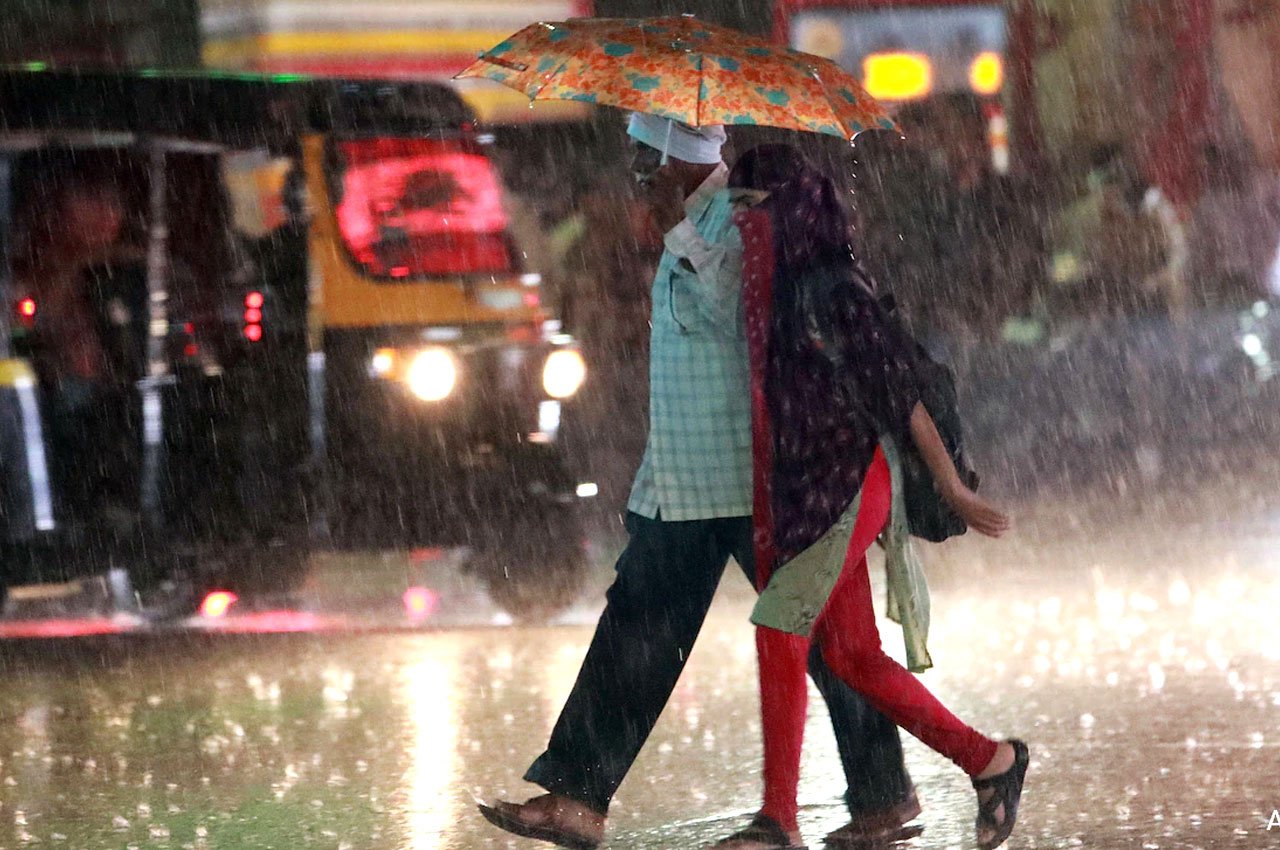Photo for Representation.
In a development that has cast a shadow over India’s aviation infrastructure, the Directorate General of Civil Aviation (DGCA) has flagged serious safety violations at two of the country’s busiest airports—Indira Gandhi International Airport in Delhi and Chhatrapati Shivaji Maharaj International Airport in Mumbai. The violations came to light during a special DGCA audit conducted in response to recent aviation mishaps, including the Air India Express aircraft incident at Mumbai.
What Triggered the DGCA Audit
The audit was launched following a runway excursion involving an Air India Express flight that veered off the taxiway and got stuck in soft ground at the Mumbai airport earlier this month. The incident, which caused alarm across the aviation sector, prompted the DGCA to conduct night-time and early morning inspections to evaluate infrastructure readiness, aircraft handling, emergency preparedness, and the overall safety ecosystem at major airports. While multiple airports were reviewed, the audit report revealed that only Delhi and Mumbai showed a pattern of recurring deficiencies severe enough to be flagged.
Safety Violations Identified at Delhi and Mumbai Airports
At both Delhi and Mumbai airports, the DGCA observed multiple instances of unresolved aircraft defects that had been repeatedly reported without adequate rectification. This raised red flags regarding maintenance oversight and regulatory compliance. The audit also highlighted poor visibility of taxiway and runway markings, inadequate lighting in some operational areas, and lapses in aircraft marshalling during peak traffic hours. A particularly alarming revelation was the failure to conduct mandatory safety surveys after infrastructure changes, such as resurfacing or new construction around the runway zones. In addition, the audit noted gaps in emergency preparedness, including the lack of regular fire drills and outdated training modules for ground staff.
Regulator Orders Immediate Rectification
The DGCA has directed both airports to implement corrective measures within seven days of the audit report. Authorities were asked to complete all pending aircraft defect fixes, improve runway and taxiway markings, conduct necessary post-construction safety assessments, and ensure operational readiness of firefighting and emergency systems. Staff re-training and simulation drills are also to be carried out to close the identified safety gaps. While the DGCA did not publicly disclose penalties, sources indicate that failure to comply could result in operational limitations or financial penalties for the airports in question.
Industry Response and Broader Implications
The findings of the DGCA audit have reignited discussions about infrastructure strain at Indian airports. With the country witnessing a steep surge in passenger footfall—reaching pre-pandemic levels and beyond—the physical and regulatory frameworks at major airports are under unprecedented pressure. Aviation analysts noted that while India’s airport infrastructure has expanded rapidly in recent years, operational protocols and safety systems have not always kept pace with this growth. The violations at Delhi and Mumbai, which handle over 40 percent of India’s air traffic, underscore the need for constant vigilance, structured audits, and robust maintenance regimes.
Public Safety and Trust at Stake
For the travelling public, the audit raises fresh concerns about safety at India’s top airports. Although no immediate risk has been reported and the regulator has moved swiftly to mandate fixes, the idea that systemic safety lapses could persist at flagship airports is unsettling. It is a reminder that growth must be accompanied by discipline, especially when human lives are at stake. The DGCA’s decision to make the audit findings public has been largely welcomed, as transparency helps restore passenger confidence and compels stakeholders to act responsibly.
A Wake-Up Call for Airport Operators
This latest DGCA audit serves as a wake-up call for airport operators and airlines alike. It signals a shift from reactive compliance to proactive enforcement and establishes that safety cannot be treated as a secondary priority amid expansion plans. With India emerging as one of the fastest-growing aviation markets globally, lapses like these could also dent international reputation and future investment prospects.
The Road Ahead
The DGCA has committed to expanding its audits to include additional airports in the coming months. While Delhi and Mumbai are now under the microscope, operators at other major terminals are expected to preemptively assess their own safety compliance and address vulnerabilities before they escalate into crises. As Indian aviation continues its upward trajectory, ensuring that safety standards evolve in parallel will be critical. The DGCA’s move to spotlight and act on these violations is a necessary and welcome step in the right direction.
For more Top News visit: https://thedailypulse.in/category/top-news/
Follow us for latest updates:




